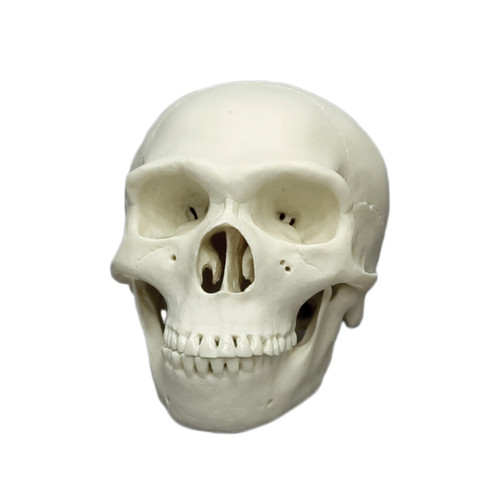Homo erectus skull Sangiran 17 (1 to 1.6 million years).
The Homo erectus skull Sangiran 17 was discovered in 1969 by Mr. Towikromo in Java, Indonesia, and first described in 1971 by S. Sartono as Pithecanthropus erectus (Pithecanthropus 8).
In the book From Lucy to Language, Johanson and Edgar write, "Once it was reconstructed, Sangiran 17 constituted the best-preserved hominid cranium from Java and the only known adult male Homo erectus from anywhere" (p. 205).
Its features include a long, low cranium with thick bones, flat frontal bone with large browridges, a raised sagittal keel, an occipital torus, skull widest near the base, projecting face, and cranial capacity slightly over 1,000cm3.
Although the view is not generally accepted today, it was once suggested that this Java Man evolved in place and then passed on its traits to its descendants, Homo sapiens, which then migrated to Australia some 50,000 years ago.
In our recreation we have tried to duplicate all those features and details that appear in the original specimen and make it such an important link to modern man.
Notes:
- A stand is available by enquiry, sold separately
- A half-scale model of the H. erectus skull is also available







